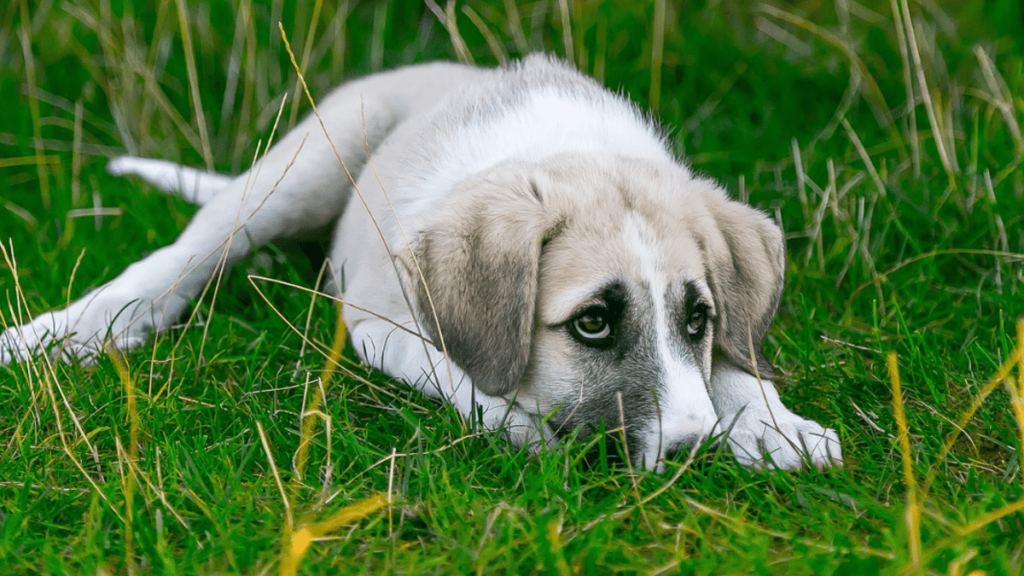Coccidiosis in dogs is one of the pathologies of the gastrointestinal tract attributable to a parasitic cause. Our four-legged friends are in contact with many different environments frequenting parks, roads, lakes, mountains and coasts.
In these places, in addition to a thousand adventures, even the most disparate types of parasites can nest: today we will discover the coccidia in dogs.
What are coccidia in dogs?
Coccidia in dogs are protozoa belonging to the family Eimeriidae which includes gender Eimeriasadly famous for the infestations mainly of poultry, cattle, sheep and goats, pigs, horses and lagomorphs.
Along with this is gender Cystoisosporawhich affects canids, felids and humans.
How do coccidia look like in dogs?
The coccidia have an apical complex (the district of the head to be clear), a micropore (the mouth) and have no eyelashes; during the biological cycle they alternate asexual generations with sexual generations in order to produce the oocisti.
These have dimensions between 15 and 40 µm (invisible to the human eye) depending on the species and represent the infecting element.
Coccidiosis in dogs: the different species
Coccidia in cats and dogs are just part of the family Eimeriidae which includes many species of zootechnical interest. Specifically, we recognize the following species in animals:
- Cystoisospora canis (cane)
- Cystoisospora ohioensis (cane)
- Cystoisospora burrowsi (cane)
- Cystoisospora felis (gatto)
- Cystoisospora riot (gatto)
The question arises: how to prevent coccidia in dogs? Of course, first of all you need to know them and understand theirs in detail life cycle.
Coccidia under the microscope: what is their biological cycle?
Coccidia enter, develop and cause symptoms in dogs in a relatively short time. The infection takes place by fecal-oral route (contact of infected feces with the mouth) by ingestion of the sporulated oocysts which represent the infecting element. The sporulation process takes place in an external environment in conditions of adequate oxygenation, high humidity and optimal temperature (about 25°C).
Once the sporulated oocysts have been ingested in the intestine through the action of trypsin and bile, the sporozoites leave the sporocysts and penetrate the intestinal epithelial cells. At this point there will be a proliferation in the cells of the intestine such as to create destructuralization of the wall (for this reason we sometimes find traces of blood in the faeces). At this point the oocysts will be expelled with the feces to start a new life cycle.
Is coccidiosis transmissible from dogs to humans?
No. The good news is that coccidia are species-specific and monoxene, which means that they begin and end their life cycle within a single host species, in our case the dog.
By virtue of this detail we can state that dog and cat coccidiosis therefore do not have zoonotic implications and consequently they are not transmitted to humans.
Coccidia in dogs: symptoms
I coccidia in adult dogs are rarer than in the puppy, but in any case they can create more or less serious problems.
How do coccidia appear in dogs? Being an intestinal parasite we will certainly have one gastrointestinal symptoms. This means that the subject will mainly present:
The parasites attack the endothelium of the intestine by injuring the villi in the intestine and consequently causing malabsorption (cause of weight loss), inflammation (cause of fever) and bloody diarrhea.
Diagnosis of coccidiosis in dogs
How to treat coccidiosis in dogs? First, you have to diagnose it!
The diagnosis is made thanks to the identification of the oocysts for faecal flotation thanks to the use of an optical microscope (or automatic fecal sediment screening analysers).
Coccidiosis in dogs and recovery times
To understand in dog coccidiosis i healing times first of all, it is necessary to quantify the infestation and the severity of the symptoms.
How to cure coccidia in dogs? Pharmacological therapy
The first step to follow is the management of symptoms, in this case diarrhea together with hydroelectrolyte and acid-base imbalance. The veterinary surgeon will prescribe a treatment based on medicines sulfamidici o metronidazole and the daily intake of supplements for the reconstitution of intestinal flora damaged by protozoa.
How to eliminate coccidia from the environment?
In terms of prophylaxis it is useful to work in the hygienic-sanitary field, promptly eliminating faeces after defecation, washing and sanitizing the places that our pet usually frequents (even if outdoors) using products such as cresoli which inactivate the bacterial components.
Even the use of steam it can be useful for sanitization.
Summing up, it is possible to say that coccidia in dogs create symptoms that are absolutely manageable if caught in time and that do not cause particular problems.
Obviously watch out for fragile subjects such as puppies and elderly dogs: in that case the attention must be double!

